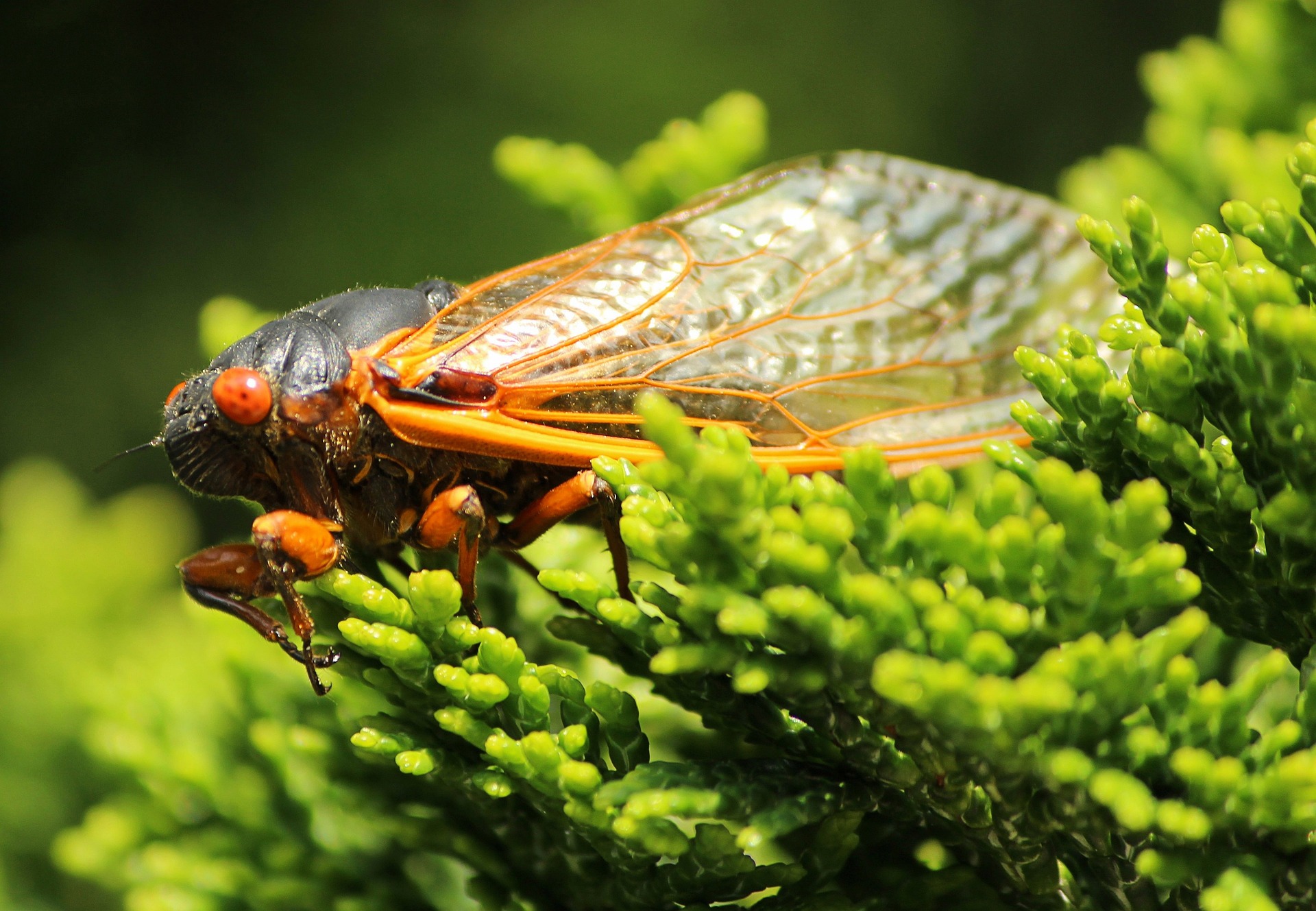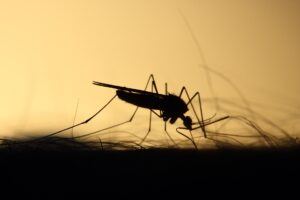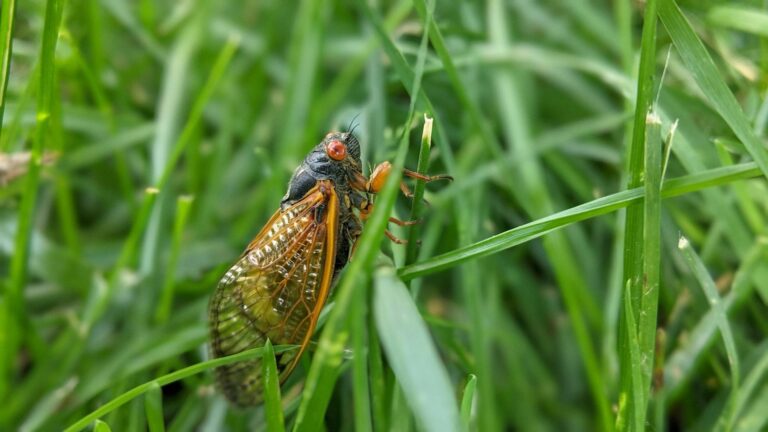An unexpected incident is being examined by St. Louis University researchers. Numerous cicadas in the region have been infected by Massospora cicadina, a hypersexual fungus that influences the minds of these insects. Infected cicadas spread the spores, thereby helping the fungus thrive.
Findings and Investigations
During May end, some Missourians noticed unusual behavior in cicadas just south of St. Louis. At first, only a small number of infected cicadas were identified. But when St. Louis University scientists scrutinized further, it turned out to be a much bigger problem. Thousands of cicadas close to one-third of the local population near eureka were found to be infected.
The areas where infected populations were noticed include,
- Chubb Trail and Prairie Loop
- The area near Meramec River south of Sherman.
Kasey Fowler Finn is an associate professor at St. Louis University’s biology department who sensed alarm at the high infection rate detected in his studies on Cicada mating habits and communication methods which led him to this fungal outbreak discovery.
Fungus Effect on Cicada Behavior
Cicadas affected by Massospora fungus show changes in behavior which includes both male and female mating traits irrespective of their actual gender. For example, an infected male may make a mating call today and exhibit female specific behaviors tomorrow.
Kasey Fowler Finn stated,
Analogous to playing catchup in a never-ending game. We need continuous tracking of infections because it affects their signaling sounds and greatly impacts our research questions which may be driven by fungus than Cicadas themselves.
The life process of Massospora Cicadina
This fungus starts its lifecycle from the nymph stage infecting Cicadas underground. It reacts with their bodies one to two weeks later making their abdomen fall off and exposing a white fungal mass which plays an integral part to pass on spores to other cicadas via mating.
According to Chris Hartley, who manages collections, education, and facilities at the Sophia M. Sachs Butterfly House in Chesterfield,
The Abdomen falls off revealing a plug of white fungal mass that broadcasts more spores a week after the adult emerges.
Interest from External Scientists & Impact
Matt Kasson and team, Mycologists at West Virginia University have also started tracking its spread. Apart from taking over cicada’s mind, this fungus has stranded that release amphetamine like substances making cicadas hypersexual which surprises them.
Possible Ecosystem Changes
Fowler Finn hints that the loud sound due to numerous mating calls can disrupt signals of other animals like birds leading to unpredicted changes in local systems.
Stopping the Spread
To curb this fungus spread is hard due to its intricate lifestyle. The Fungus stays dormant underground with cicadas for 1317 years until they resurface. More inspection and aware identification are needed for better control.
Contact With Humans & Safety Concerns
- Cicadas may not be safe to eat if infected with Massospora as they’d can be very bitter and harmful as personally experimented by Kasson.
Suggestions For Local Inhabitants
Fighting The Fungus,
Report any sightings of infected Cicadas to the local researchers
Try to avoid coming into contact with such cicadas because their spores can spread.
Ways To Protect Cicadas,
Stay updated with local projects by attending local community affairs related to science.
Spreading awareness about how these fungal parasites are affecting behaviors of Cicadas and its effect on larger ecology.
St. Louis University continues its research for a more comprehensive knowledge regarding the complicated relationship between Cicadas & Massospora fungus hoping for better management techniques related to this kind of natural event.
Research In Progress & Public Participation
The residents are asked to report such cicada sightings for tracking and research. The fungal presence is rare and yields understanding on nature’s parasitic characteristics.
The Conclusion
The discovery of the Massospora Cicadina has proposed an interesting challenge in observing cicadas as well as researching about them. The future holds potential understanding about this unique interaction between fungus and cicadas and insights about potential fungal infections in species.











+ There are no comments
Add yours